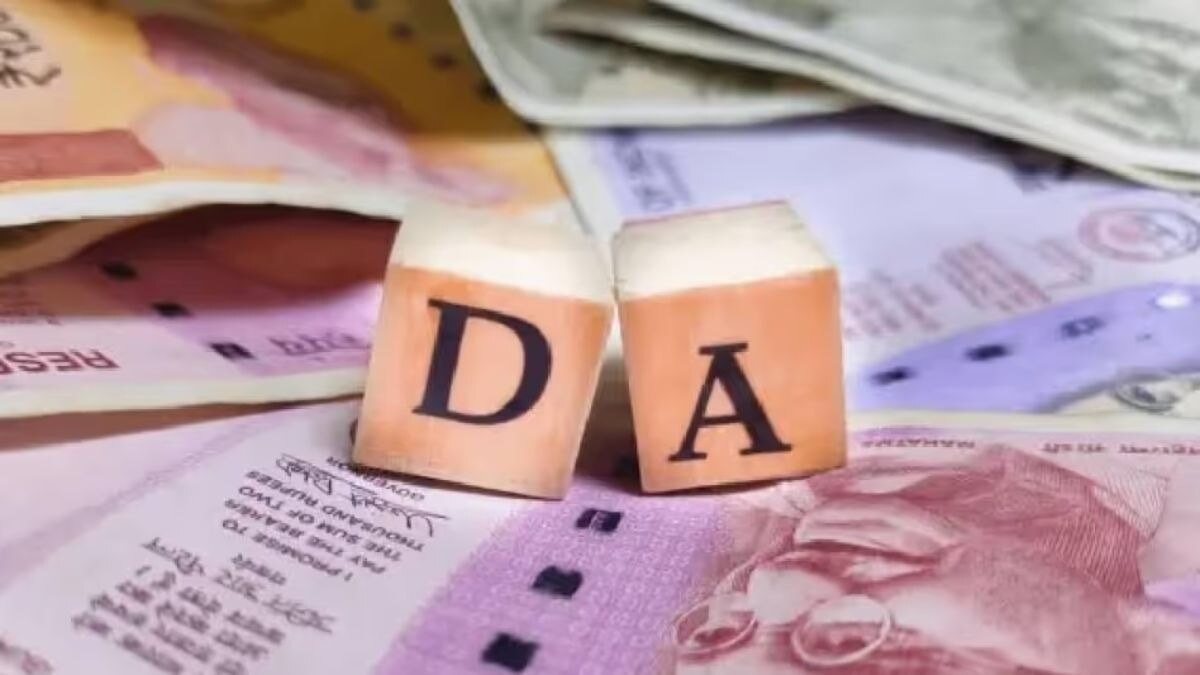
Government Approves 2% Dearness Allowance Hike for Central Staff
The Indian government has approved a 2% increase in dearness allowance (DA) for central government employees and dearness relief (DR) for pensioners, effective from January 1, 2025. This decision, announced by the Union Cabinet chaired by Prime Minister Narendra Modi on March 28, will benefit over 1 crore employees and pensioners. The adjustment will be retroactive to January-March 2025, with April salaries reflecting the updated DA rates along with arrears for the previous three months. This marks the lowest DA hike in seven years, as previous increases typically ranged between 3% and 4%. The delayed announcement, made after Holi instead of the usual festive timing, has sparked discussions about the government’s strategic approach to fiscal planning.
Financial Impact of the DA and DR Hike
The 2% DA adjustment will raise the DA percentage from 53% to 55%, providing additional monthly income for employees and pensioners. For instance, an employee with a basic salary of Rs 19,000 will see an extra Rs 380 per month, totaling Rs 4,560 annually. Pensioners will also benefit, with a basic pension of Rs 8,000 gaining Rs 160 monthly, or Rs 1,920 yearly. These increases aim to mitigate inflationary pressures, though experts note the modest hike may not fully offset rising living costs. The government’s focus on balancing budgetary constraints with employee welfare remains a key consideration in this decision.
Context of the Hike and Future Salary Revisions
The 2% DA hike has been described as the smallest increase in seven years, reflecting broader economic challenges and fiscal discipline. While the timing of the announcement deviates from traditional festival-linked schedules, officials emphasize the need for strategic planning. The move also aligns with the government’s ongoing review of the 8th Pay Commission, which is expected to finalize salary and pension revisions for central government employees. This commission’s recommendations could further shape the financial landscape for public sector workers, with potential adjustments to pay scales and benefits. The focus on structural reforms underscores the administration’s commitment to long-term fiscal stability.
Broader Implications for Public Sector Workers
The DA and DR hikes highlight the government’s efforts to address inflation while managing public finances. However, the relatively modest increase has raised questions about its adequacy in combating rising prices. Analysts suggest that the decision reflects a delicate balance between fiscal responsibility and employee welfare. As the 8th Pay Commission moves closer to its final recommendations, the broader implications for public sector salaries and pensions will likely remain a topic of public and political discourse. The adjustment also serves as a reminder of the ongoing challenges in maintaining purchasing power amid economic uncertainties.
Conclusion: A Step Toward Fiscal Balance
The 2% DA and DR hike represents a measured approach to addressing inflationary pressures while adhering to fiscal discipline. While the increase may not fully offset rising living costs, it signals the government’s intent to support public sector workers without compromising financial stability. As the 8th Pay Commission prepares to unveil its recommendations, the focus will shift to long-term reforms that could reshape salary structures and benefits. This decision underscores the complex interplay between economic management and employee welfare in the Indian public sector.



